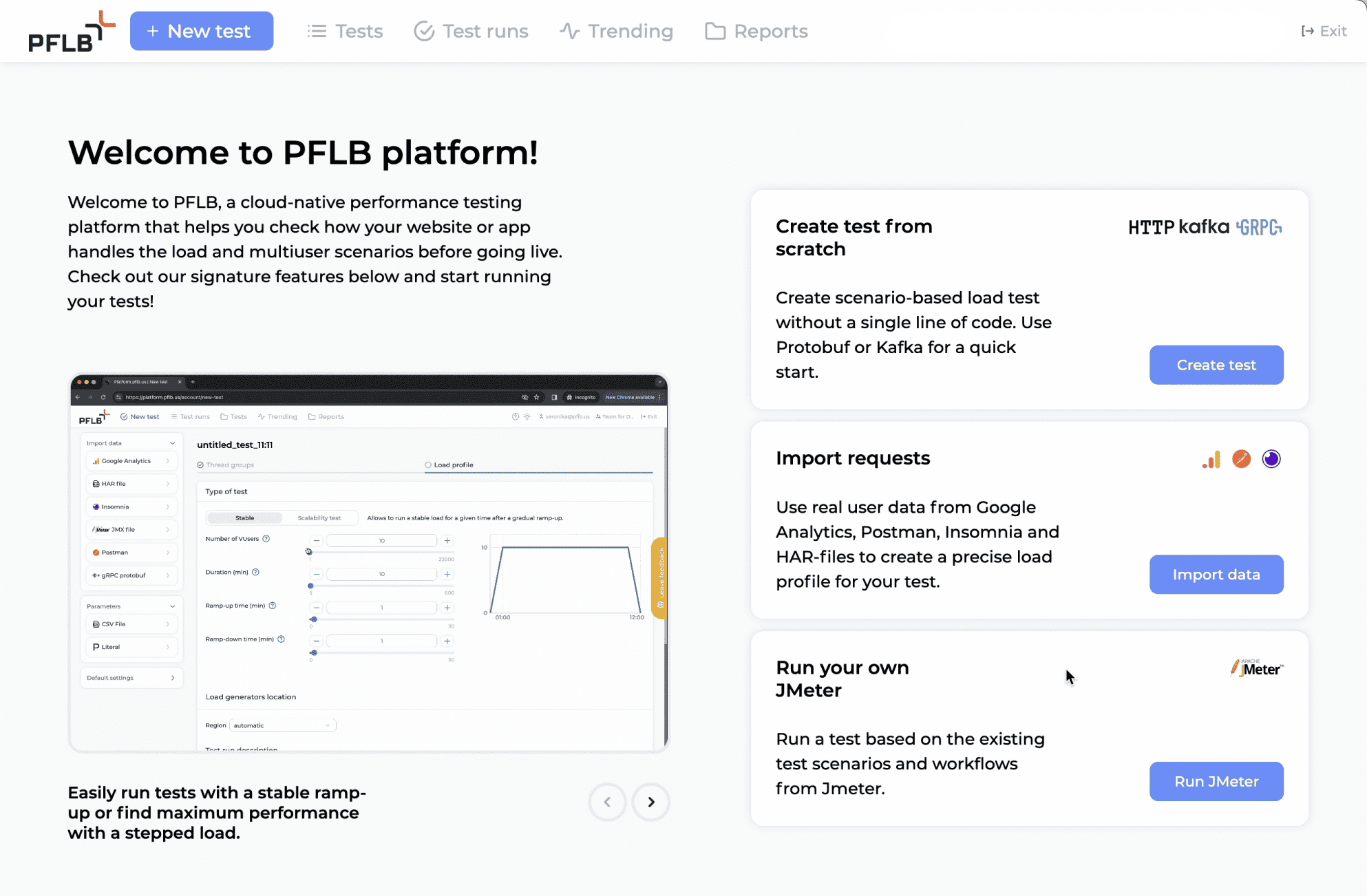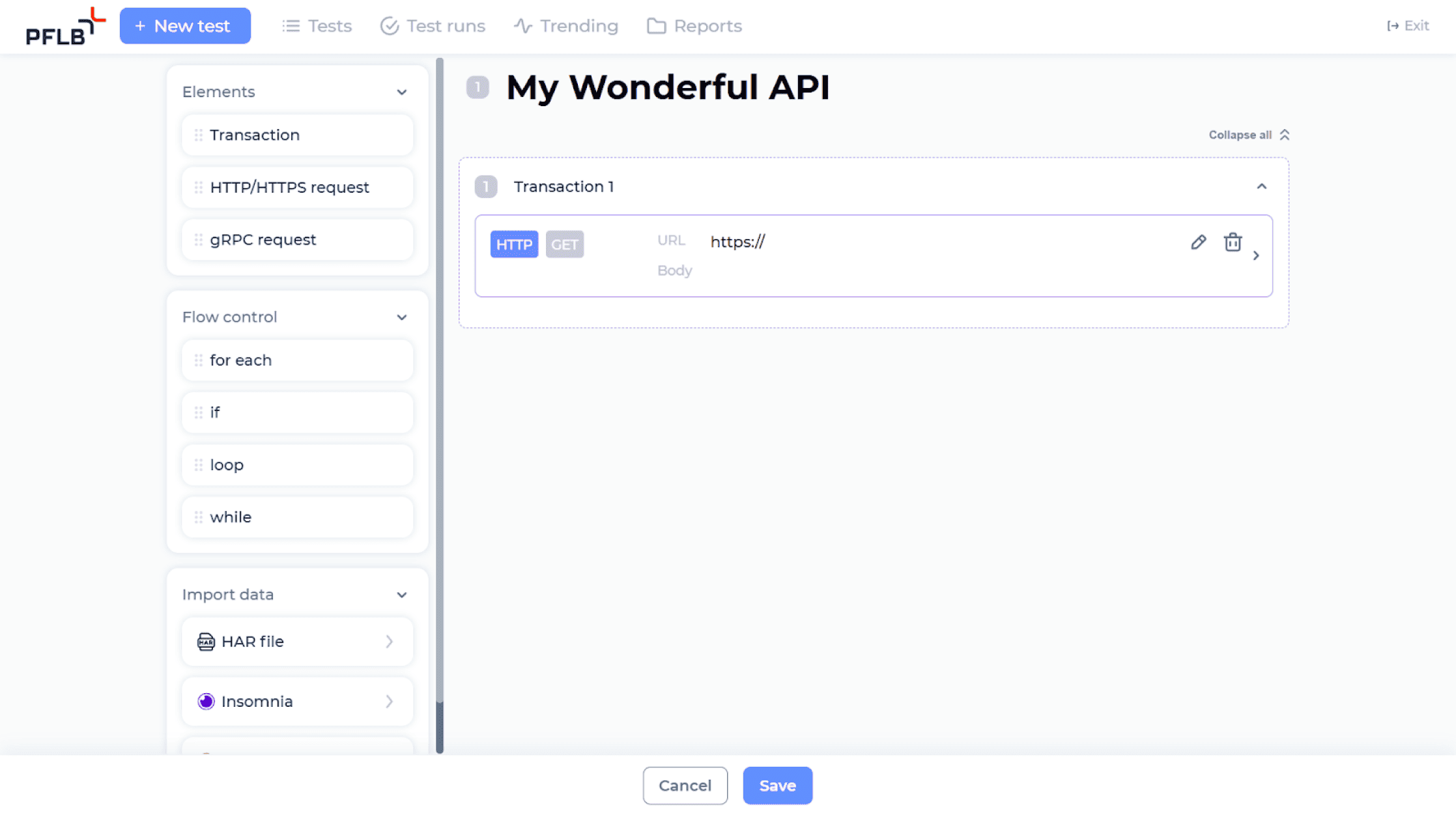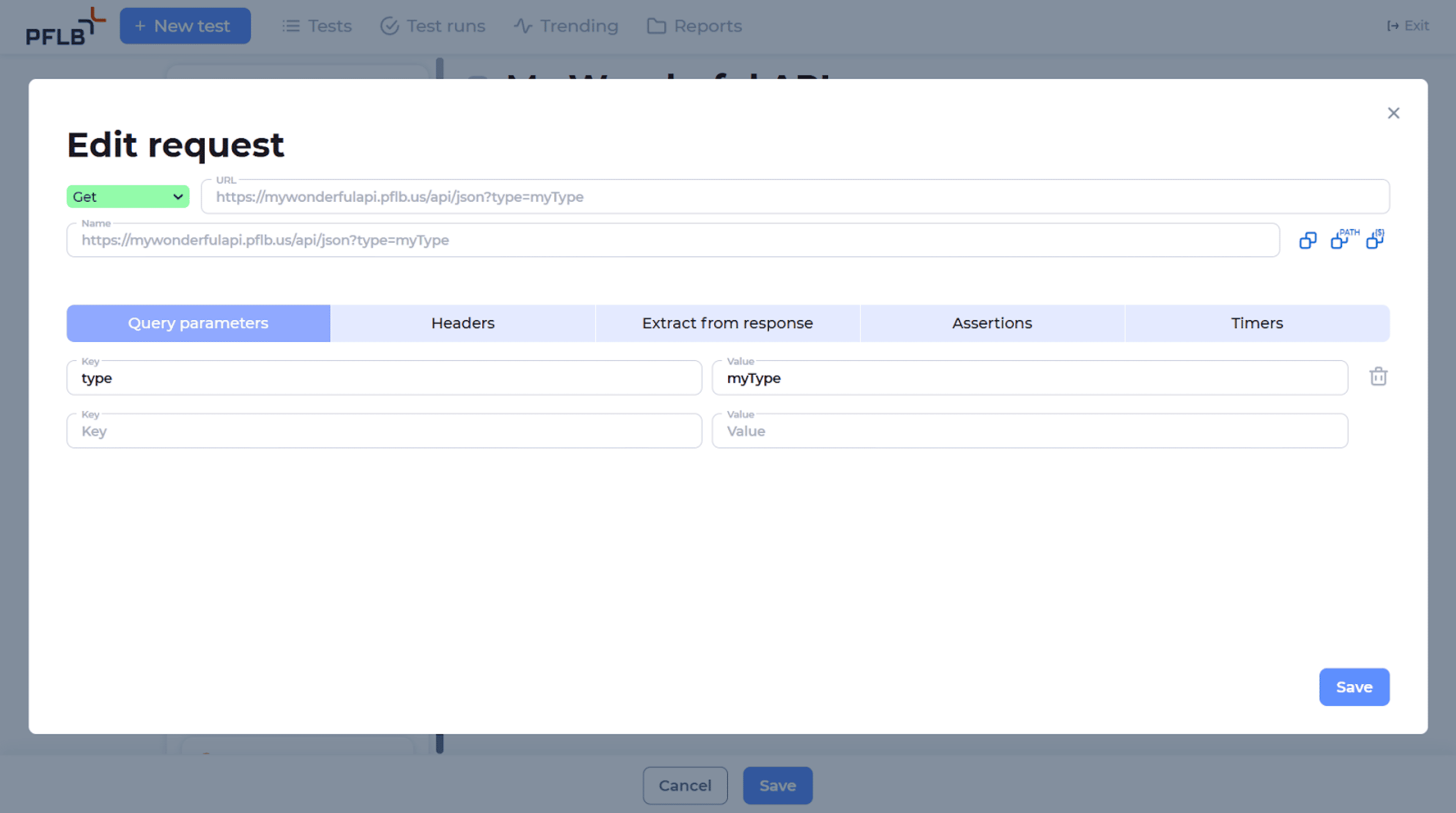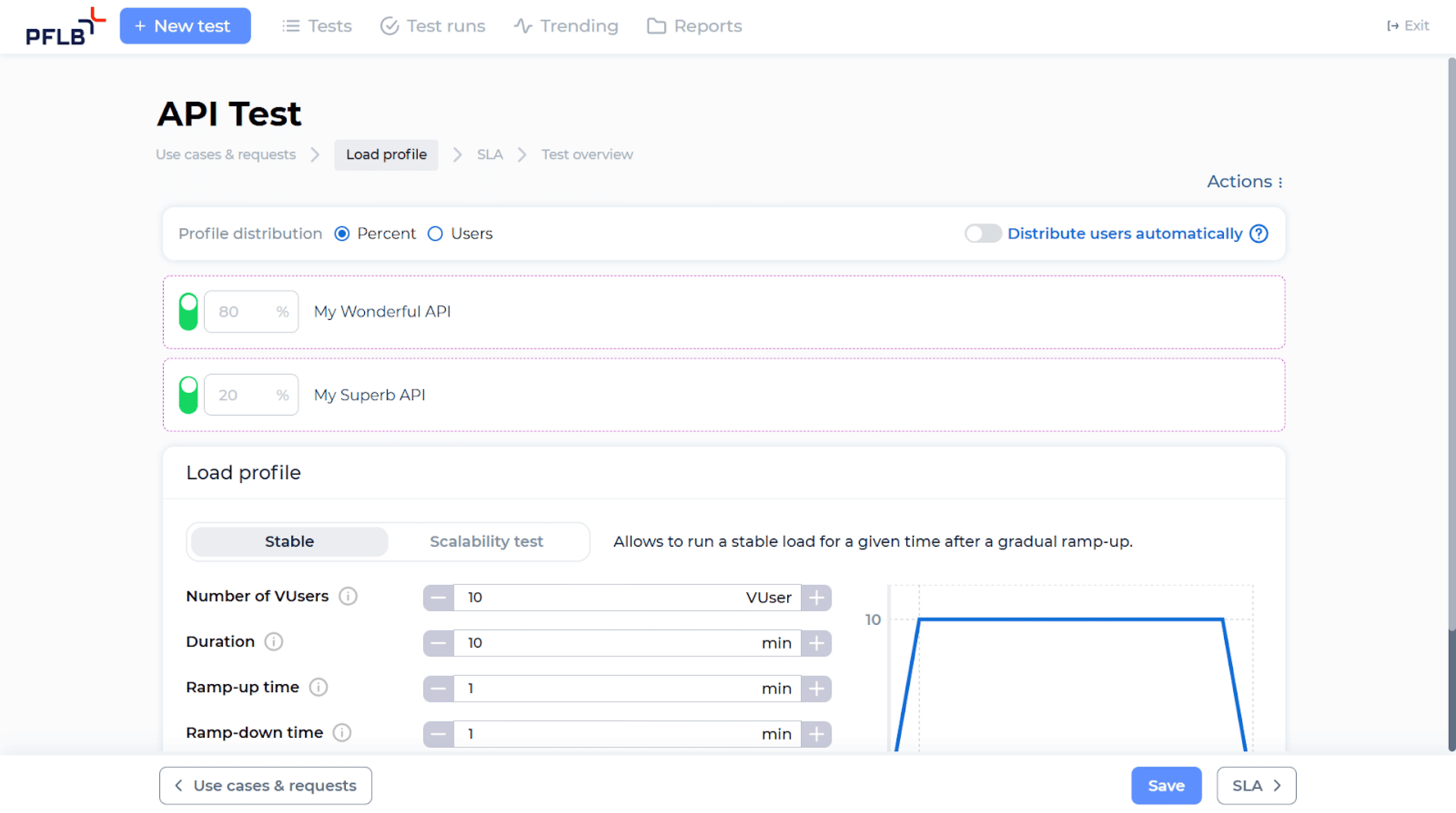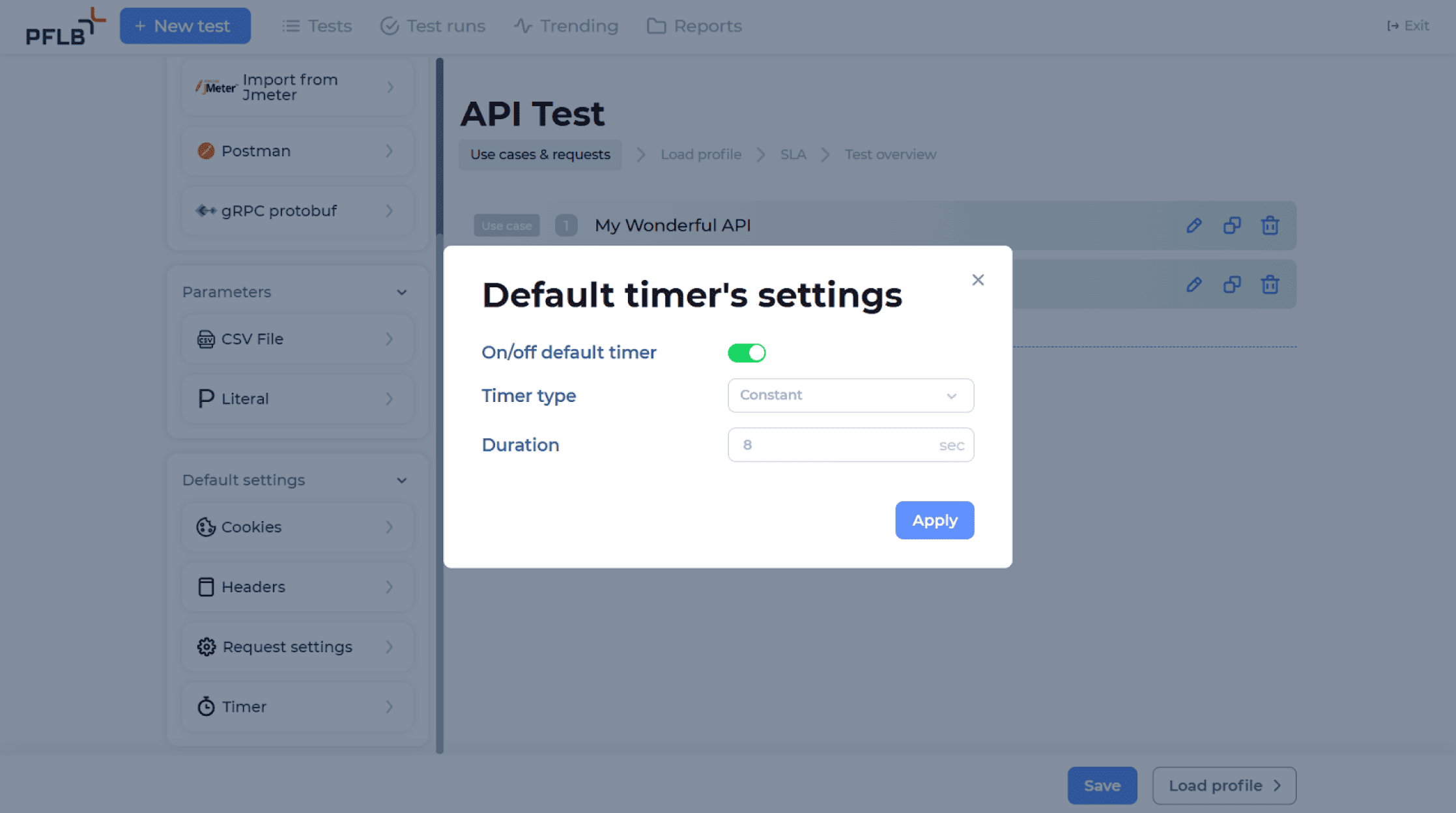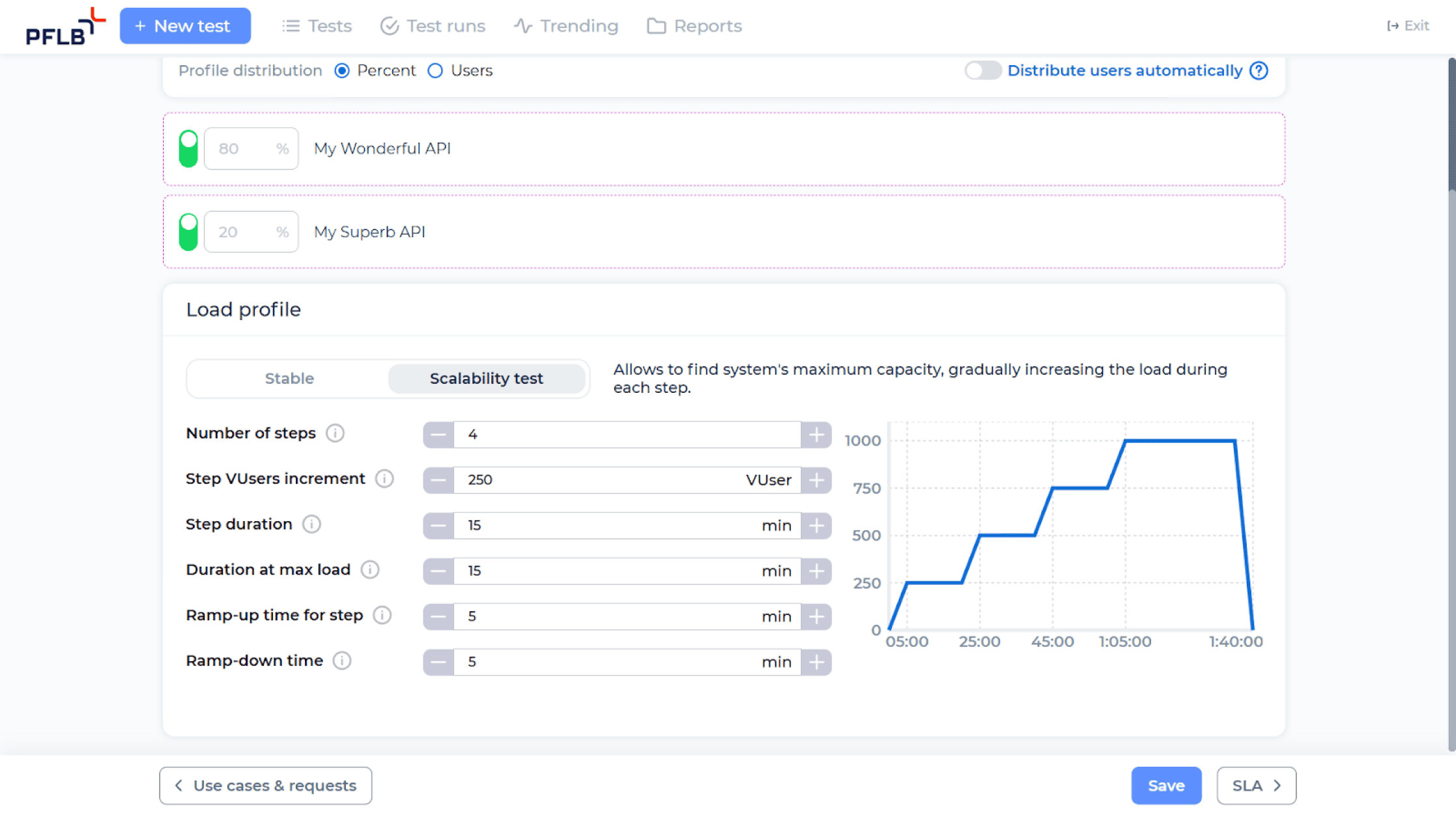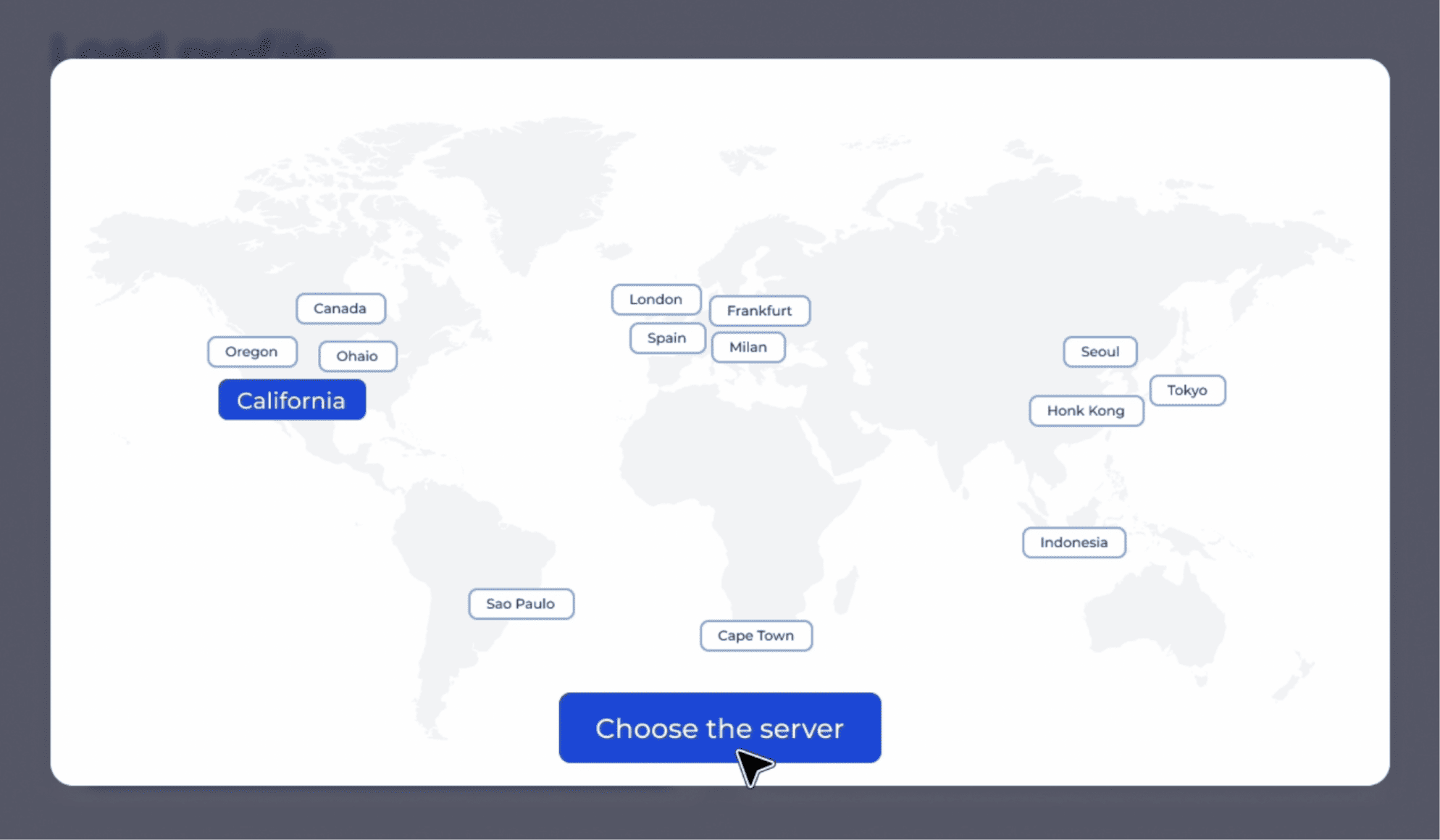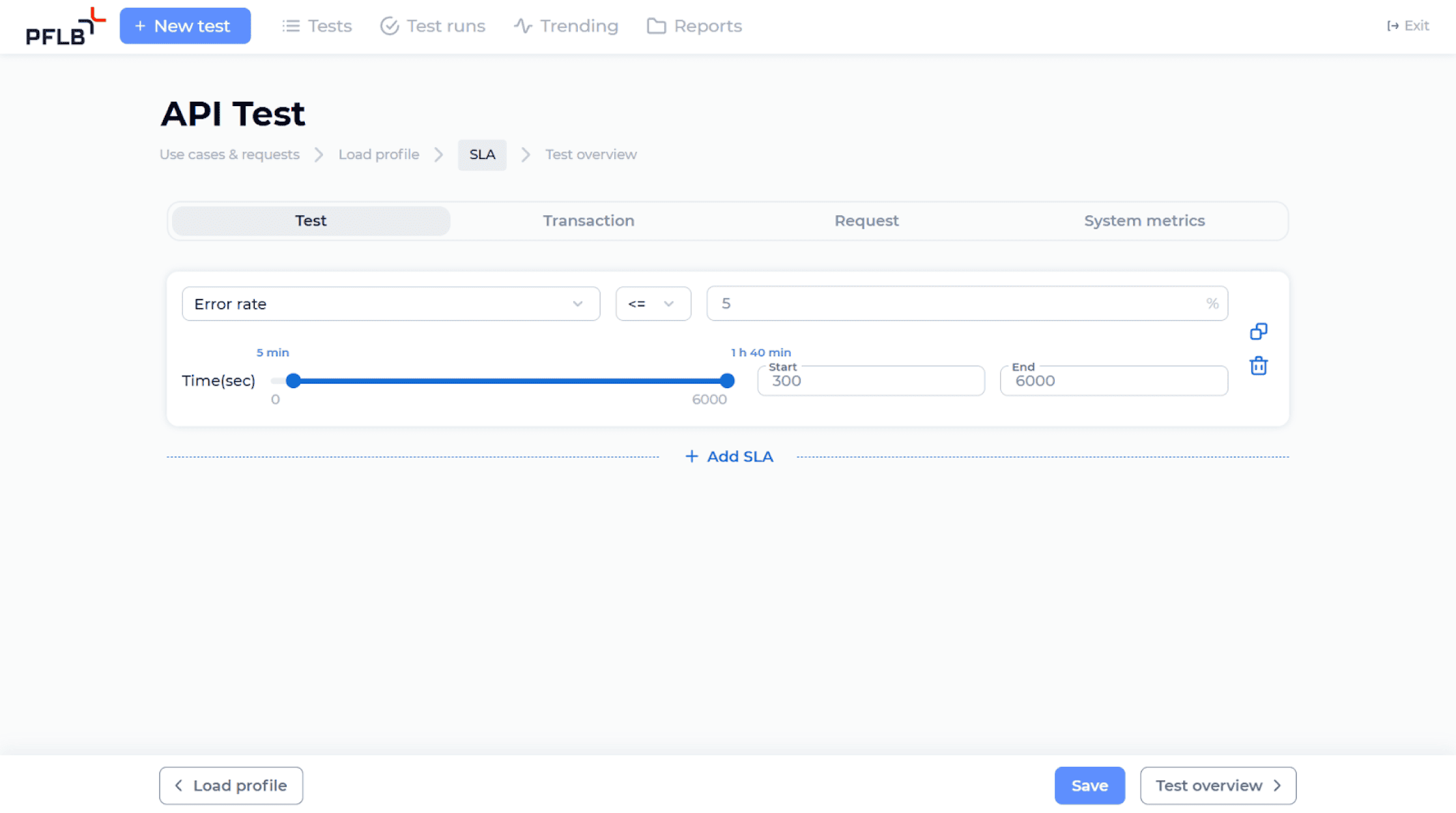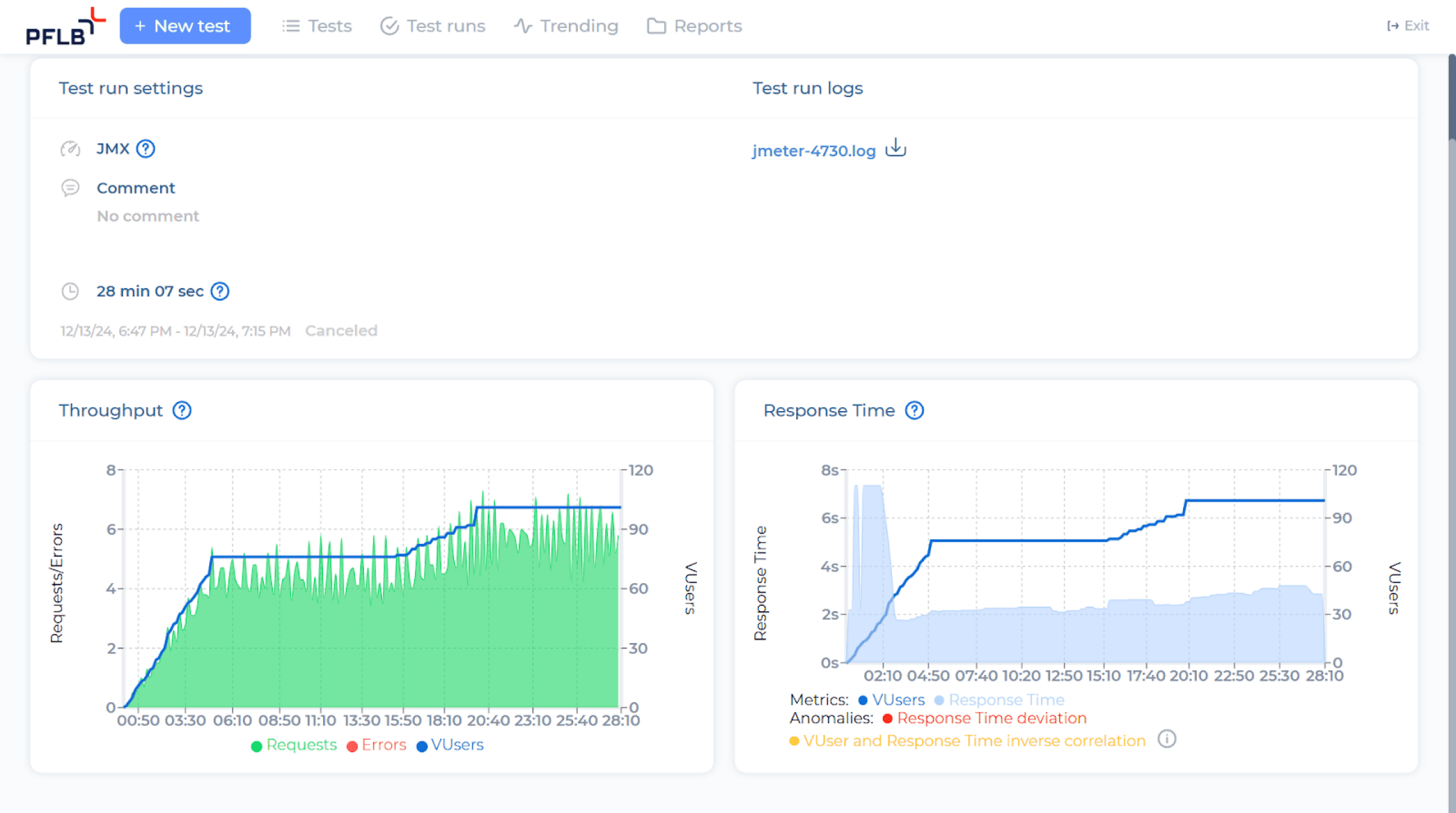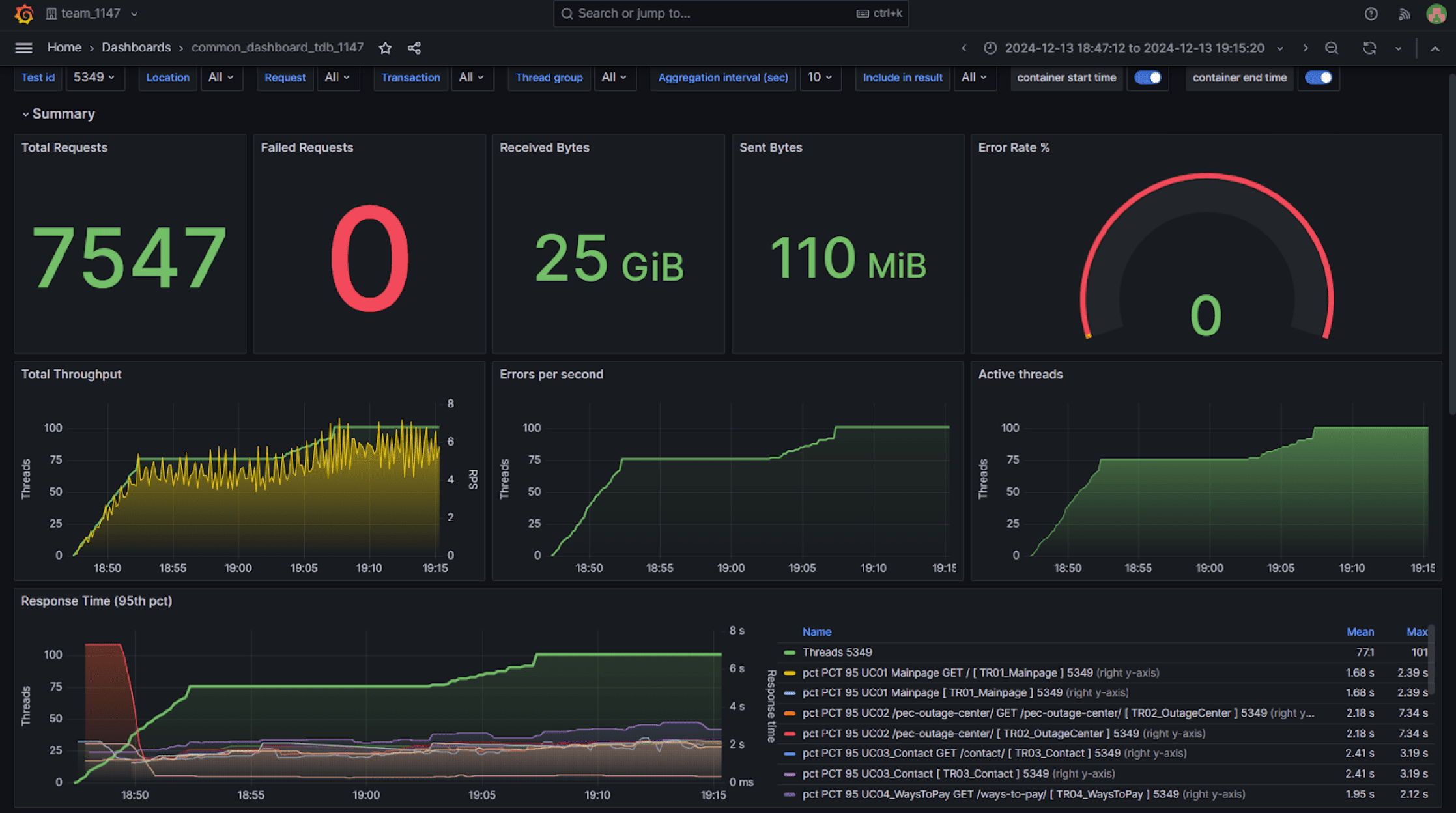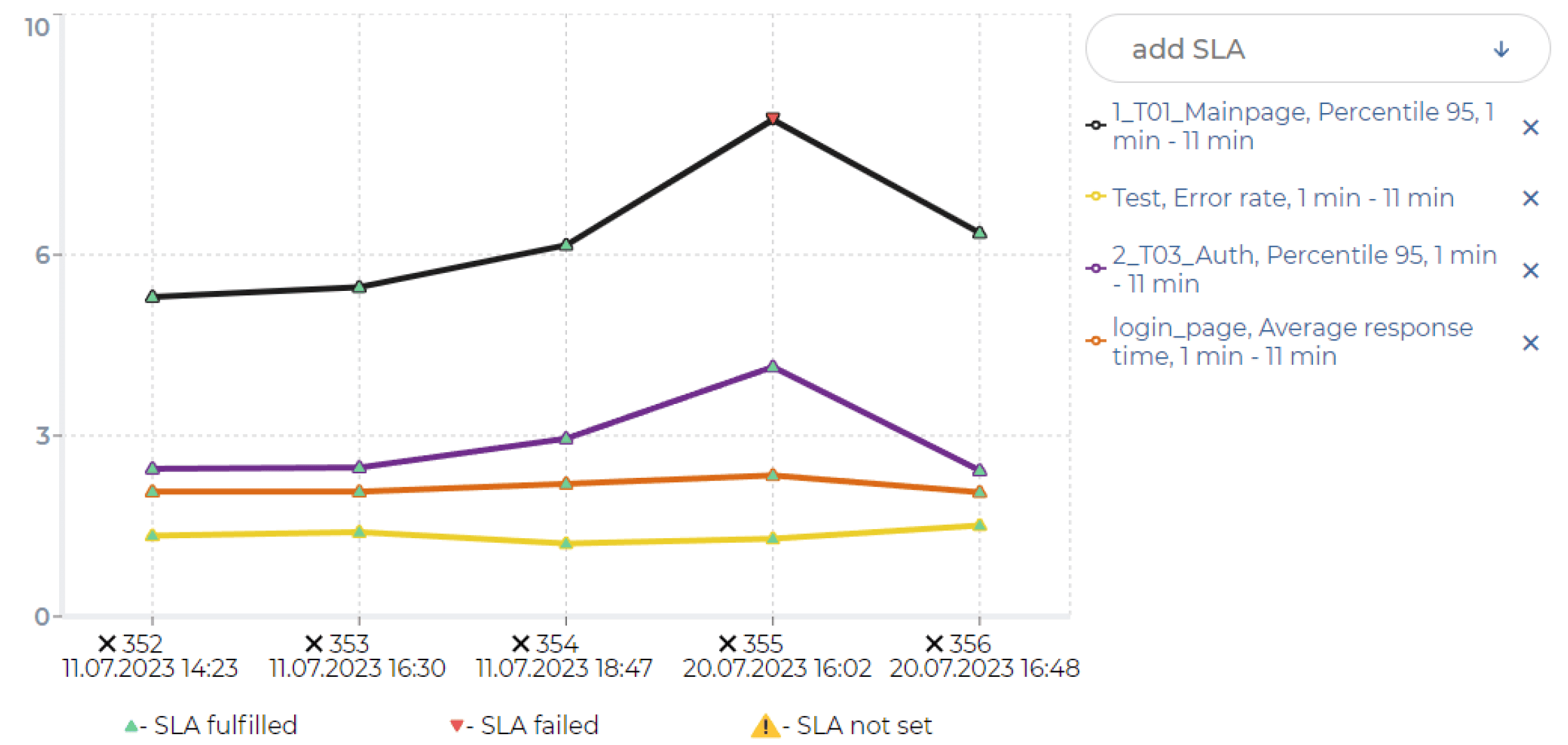In today’s digital ecosystem, APIs form the backbone of diverse software applications, facilitating communication and data exchange for an interconnected digital world. However, as demand for these services grows, ensuring their robustness and ability to handle varying levels of traffic becomes crucial. This is where PFLB, a next-generation, cloud-based load testing tool, comes in. In this guide, we’ll walk you through how to load test an API using PFLB, highlighting how its cloud-based nature provides unparalleled flexibility, scalability, and ease of use.
Table of Contents
Understanding API Load Testing
API Load Testing is the process of simulating a specific number of concurrent API requests, referred to as traffic, to evaluate how an API performs under varying levels of load and identify its capacity to handle requests without compromising performance, security, or availability.
API performance is a cornerstone of the user experience. Slow or unreliable APIs can lead to frustrated users, decreased engagement, and potential revenue loss. Ensuring robust API performance enhances reliability, reduces response times, and guarantees seamless interactions, creating a positive experience for end users.
Key Reasons to Perform API Load Testing
When Should You Perform Load Testing?
Load testing should be performed at various stages of your API’s lifecycle:
API Load Testing in 6 Key Steps
This section outlines a straightforward process for setting up and executing an API load test using the PFLB API load testing tool. While PFLB is highlighted for its features, you are free to select other tools that suit your specific needs. For a detailed comparison of the best API load testing tools, refer to this article. Each step is carefully explained and supported with visual aids to ensure clarity and ease of implementation.
This guide not only explains how to load test REST API but also provides insights applicable to other API types such as SOAP, WebServices, gRPC, and GraphQL. No matter the API type, the principles and techniques outlined here will help ensure optimal performance and reliability.
Step 1: Define Clear API Load Testing Goals
Before starting a test, establish measurable objectives that outline exactly what you aim to achieve. This ensures clarity and actionable insights during testing.
By setting precise goals, you can align your testing parameters with real-world conditions and uncover actionable insights to enhance your API’s performance.
Step 2: Define a Suitable API Load Testing Environment
Using PFLB eliminates the need to manage your own load testing infrastructure, as its load generators are hosted in the AWS cloud and ready to use. However, you must prepare your test bench—the API you intend to test—to ensure the results are valid.
It’s essential to use a reliable infrastructure for testing. Some teams prefer staging environments, while others clone production environments. If you clone production, take special care in managing data sharing. When third-party vendors are involved, sanitize sensitive data before granting access. PFLB offers an in-house data masking tool to help ensure your data’s security.
Step 3: Create Load Testing Scenarios
Step 4: Configure Load Testing Parameters
Step 5: Run Your Load Test
Finally, you are ready to start your API load test! Click the “Run the Test” button, and the real-time dashboard will appear. The screenshot below provides guidance.
At this dashboard, you can monitor key metrics such as response times, the number of concurrent users or requests per second (RPS), and error rates—the most critical indicators of load testing. If you need more detailed insights, such as API performance testing metrics for individual transactions, simply click the “Detailed Stats” button. This will open the Grafana dashboard, where you can analyze comprehensive test results.
Step 6: Analyze Load Testing Results
There are three ways to analyze load testing results in PFLB:
It is common to find areas where performance targets are not met after your first test. Use these insights to address issues and optimize your API. The system you built during this guide can be reused for retesting, allowing for a seamless process of fixing and validating improvements.
Best Practices for API Load Testing
To achieve the most accurate and actionable results, follow these best practices for API load testing:
By adhering to these best practices, you can optimize your API’s performance, enhance reliability, and deliver a seamless experience to end users.
Conclusion
Maintaining a high-performance and reliable API is essential in today’s digital landscape. Load testing is crucial to achieving this goal, ensuring your API handles high-traffic scenarios while delivering fast and reliable operation. PFLB’s advanced cloud-based platform enables scalable, powerful tests with minimal effort and cost. Whether you’re a developer or a performance engineer, PFLB offers a comprehensive solution for evaluating your API’s performance under various conditions.
See Also:
Related insights in blog articles
API Endpoint: A Complete Guide
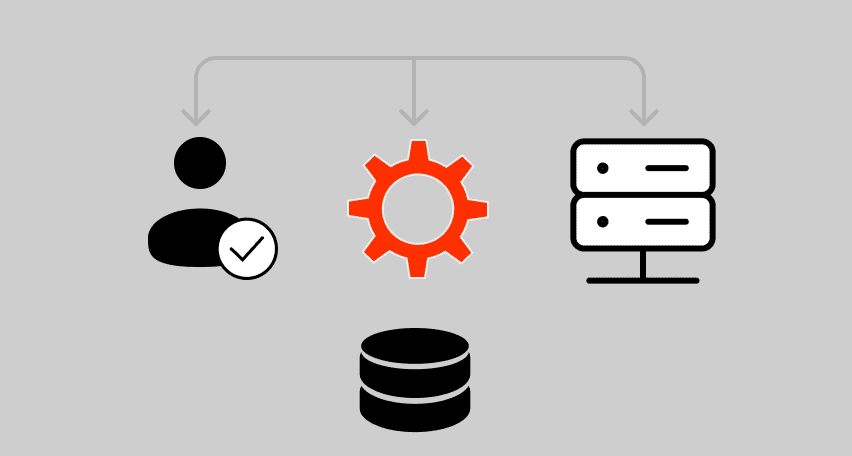
Modern applications rely heavily on APIs (Application Programming Interfaces) to communicate and exchange data across different systems. At the heart of this interaction lies the API endpoint — a fundamental concept that defines where and how data exchanges happen. This guide explains clearly what an API endpoint is, outlines its importance, and provides practical insights […]
gRPC vs. REST: Detailed Comparison

Choosing between gRPC and REST can feel confusing, especially if you’re trying to figure out the best way for your applications to communicate. This article breaks down the grpc vs rest comparison clearly, without jargon or confusion. You’ll learn exactly what each protocol is, the advantages and disadvantages of each, and understand why gRPC is […]
Top 10 Data Masking K2view Alternatives

If you’re exploring alternatives to K2view for data masking, this guide breaks down the top tools worth considering. We’ve compiled the leading solutions that serve a variety of industries — from finance and healthcare to DevOps-heavy SaaS. You’ll find a detailed comparison table of K2View competitors, full tool breakdowns, and a closer look at PFLB […]
How to Generate AI-Powered Load Test Reports with PFLB
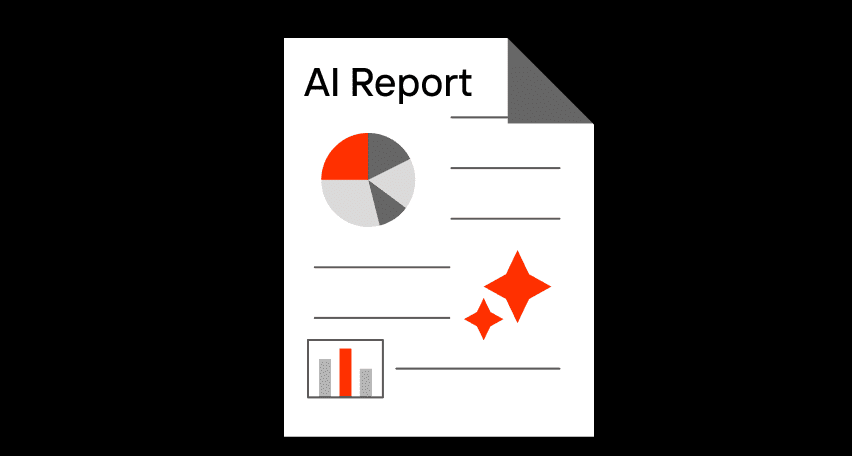
Say goodbye to tedious manual reporting after load testing! With PFLB’s innovative AI-powered report generation, performance engineers can quickly turn detailed test data into comprehensive reports. This guide walks you step-by-step through setting up your test, running it, and effortlessly generating exhaustive performance analysis — so you spend less time reporting and more time optimizing. […]
Be the first one to know
We’ll send you a monthly e-mail with all the useful insights that we will have found and analyzed
People love to read
Explore the most popular articles we’ve written so far
- Top 10 Online Load Testing Tools for 2025 May 19, 2025
- Cloud-based Testing: Key Benefits, Features & Types Dec 5, 2024
- Benefits of Performance Testing for Businesses Sep 4, 2024
- Android vs iOS App Performance Testing: What’s the Difference? Dec 9, 2022
- How to Save Money on Performance Testing? Dec 5, 2022


